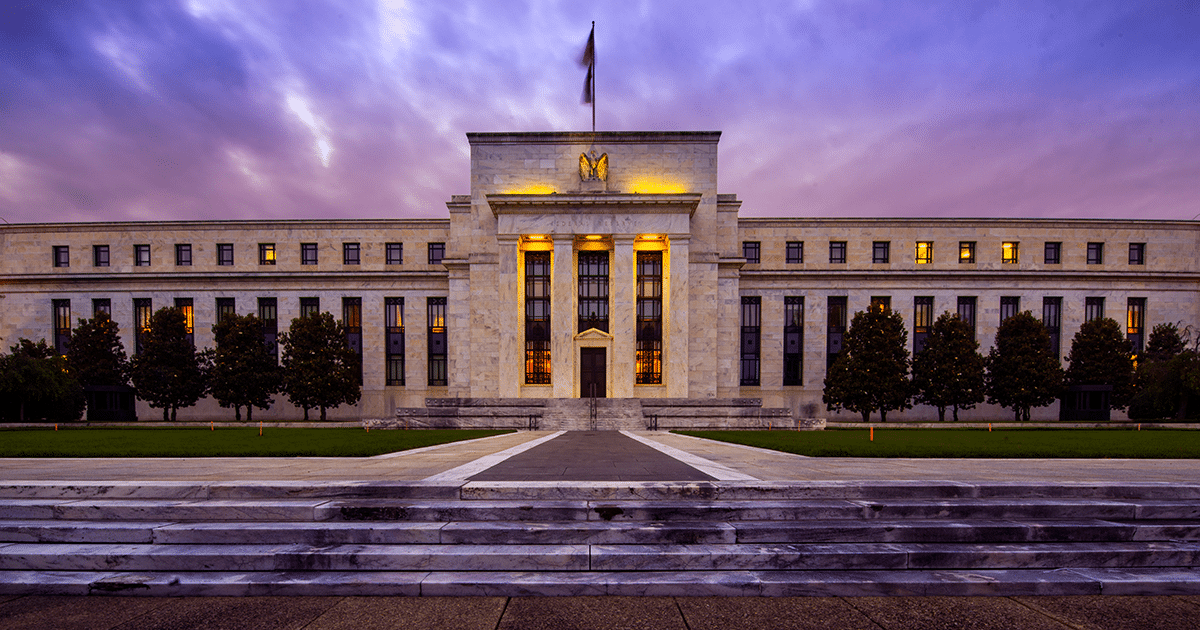

Analyzing How Yield Curve Impacts the Economy
Published: 06/18/2024
The spread of the yield curve measures the general level of interest rates in the economy
by Kristen Stephenson
Last year, GPEC launched the Economic Monitor, a comprehensive web tool designed to provide timely, actionable insights into the state of the economy. Through an exploration of key economic indicators, the Economic Monitor offers a concise picture of health at both national and regional levels.
Each month, I’m diving into one of the indicators from the Monitor to share in greater detail what the metric measures are, why it matters to the economy and what the current numbers tell us. This month we’re going to look at yield curve and what it tells us about the economy.
What does Yield Curve measure?
The Yield Curve measures the difference between short-term and long-term interest rates on government bonds. There are a few different ways to look at this indicator, but the important factor is comparing the spread between short-term rates and long-term rates. The Economic Monitor tracks the spread between the 10-year yield minus the three-month yield. Others measure the difference between the 10- or 20-year yield compared to the one- or two-year yield. This measurement is updated more frequently than the other indicators, updating each weekday, so it is important to look at both the single point and the trend over time.
Why does Yield Curve matter?
In a healthy economy, the spread is positive, meaning the yields on long term bonds are higher than short term bonds. A negative spread (referred to as an inverted yield curve) is often viewed as an indicator of a coming recession as the inversion happens before the recession, not during it. Federal Reserve rate policy is tied to the yield curve as short term bond yields are highly responsive to changes in the federal funds rate.
What do the current numbers say?
The yield curve is currently in the midst of its longest inversion ever. The rate has been negative since late October 2022. In June 2024, the rates of the 10-year yield minus the three-month yield have ranged from -1.11 to -1.27. However, at this point in time, other economic factors have not yet responded accordingly and the economy has continued to grow, albeit at a more moderate pace recently. Interestingly, this means the yield curve has not been as good of a predictor of the economy as previous recessions. The yield curve is expected to remain inverted until the Federal Reserve begins cutting rates.
To monitor Yield Curve in real time along with me, mapped alongside 13 other key indicators of health, visit gpec.org/monitor. We hope you find the Monitor a valuable tool in understanding the ever-changing economic landscape.
Meet the Author
Kristen Stephenson
Senior Vice President, Research & Analytics
Greater Phoenix Economic Council
